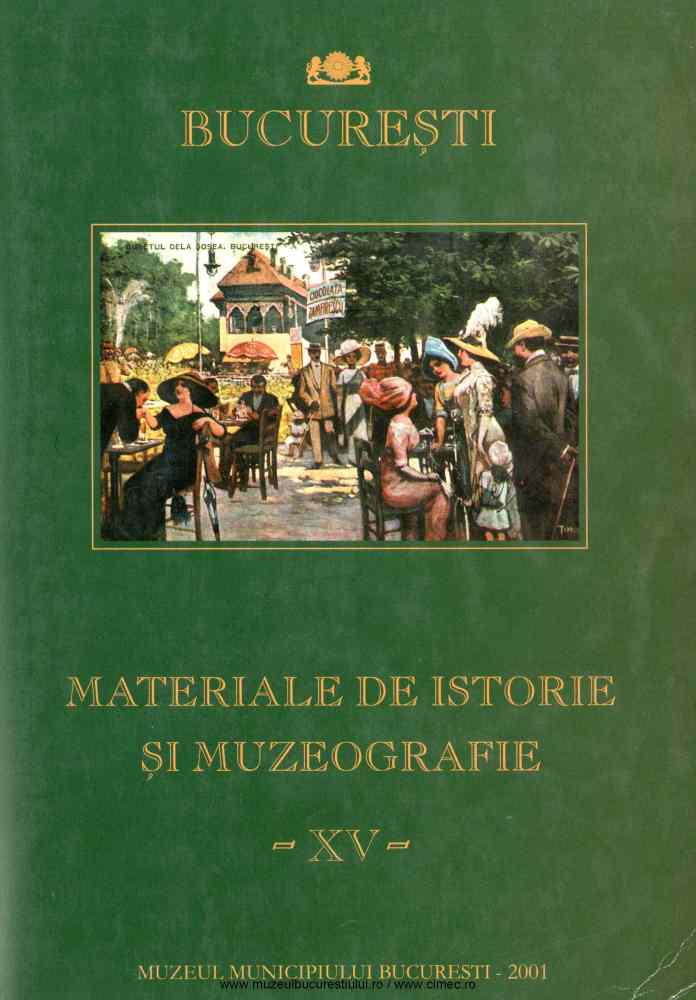
Imposibilitatea întoarcerii şi traseul laicizării - Discurs teoretic despre o temă impusă bucureştenilor: Catedrala Neamului -
| Autori |
|
| Secţiunea |
|
| Limba de redactare | română |
|
Descriptori
|
|
| Excerpt | The liturgy signifies more than a simple emotional or esthetical frame, or the main aspect of the ceremony in eucharisty. The liturgy is the Church itself as a collective thanksgiving. Byzantium has thought it as a great icon in three hypostases; where the sacred space and images were adjusted to fit the ritual practiced by the orthodox Christians perfectly integrating, thus, in the Orthodox mystagogy. In a more secular sense, this means that the pictorial image that should evoke the face of the embodied Logos, was conceived according to the plan of the church and to the Orthodox liturgy. The problem of the liturgy is more than a problem of taste, it is a theme that requires the greatest care from the part of the Church which held a considerable part in the transition of post byzantine forms to new ones, showing that the modern - not the contemporaries - had lost their link with tradition. The fact was due mainly to some serious mutations in the structure and mentalities of the society, since Alexandru Iona Cuza’s reign. The „ renewals" promoted by Cuza have had, as an immediate consequence, the conversion of the religious spirit. in fact, Cuza’s laws have generated a scission between creation and the Creator, between culture and ritual, between truth and the Christian morals. |
| Paginaţia | |< << 197-200 >> >| |
| Descarcă fişierul | |
| Titlul volumului de apariție | |
| Editura | Publicat de: Muzeul Municipiului Bucureşti |
| Loc publicare | Bucureşti |




